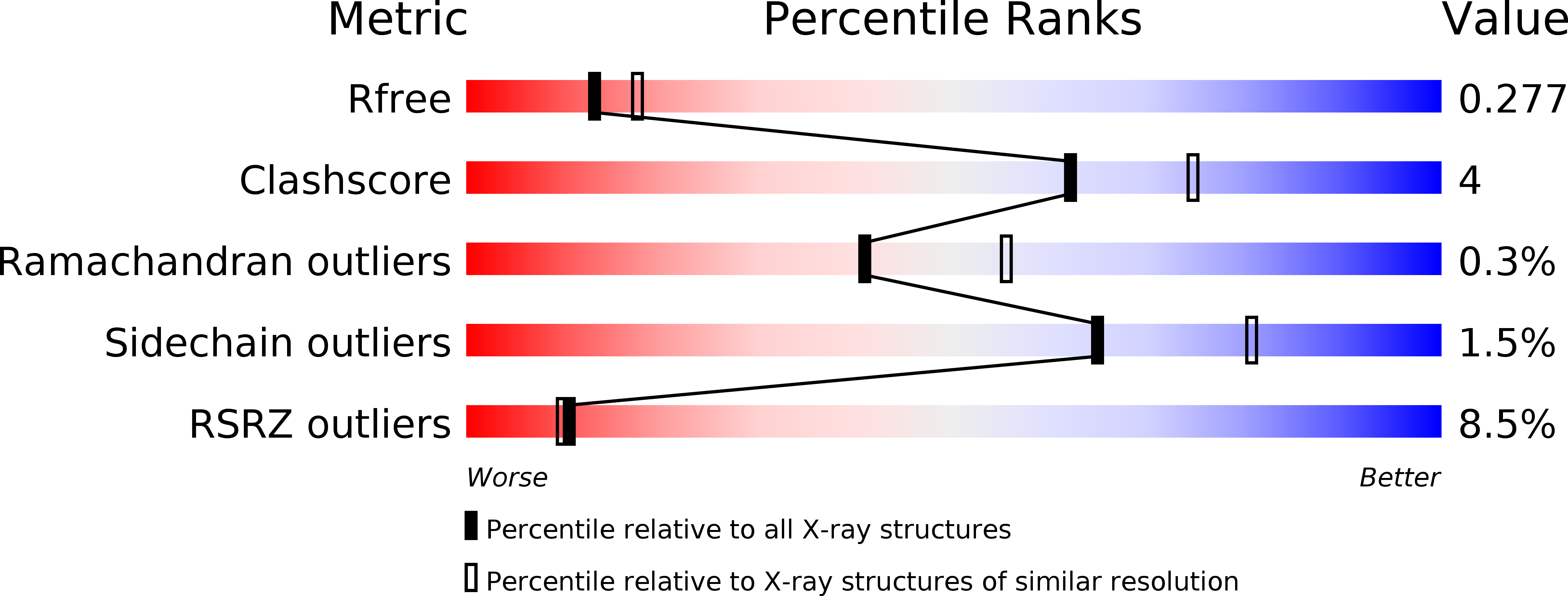
Deposition Date
2017-01-19
Release Date
2018-01-24
Last Version Date
2024-11-20
Entry Detail
PDB ID:
5X02
Keywords:
Title:
Crystal structure of the FLT3 kinase domain bound to the inhibitor FF-10101
Biological Source:
Source Organism:
Homo sapiens (Taxon ID: 9606)
Host Organism:
Method Details:
Experimental Method:
Resolution:
2.40 Å
R-Value Free:
0.27
R-Value Work:
0.23
R-Value Observed:
0.23
Space Group:
P 43 21 2


